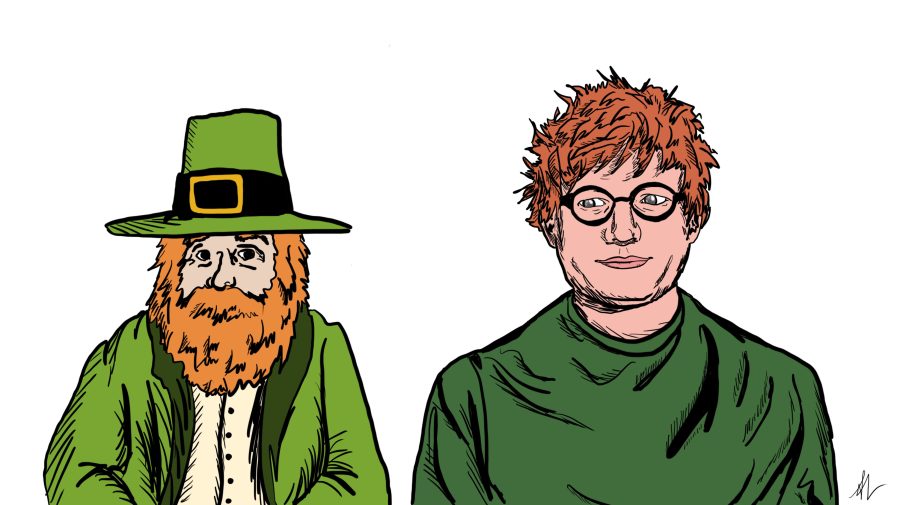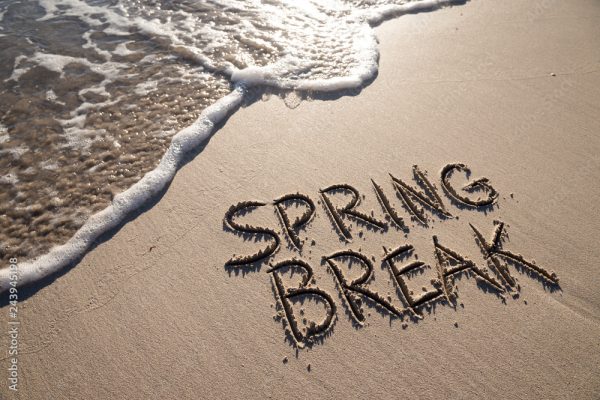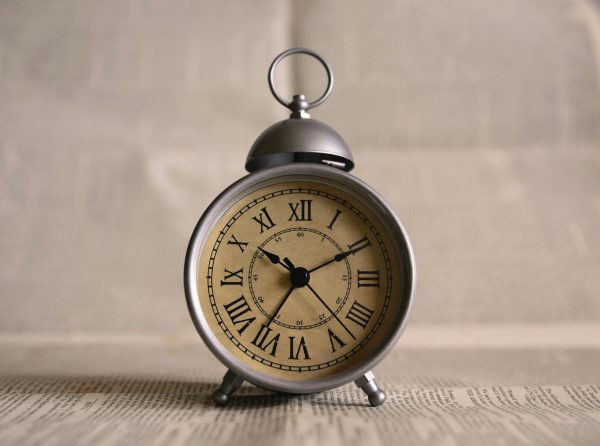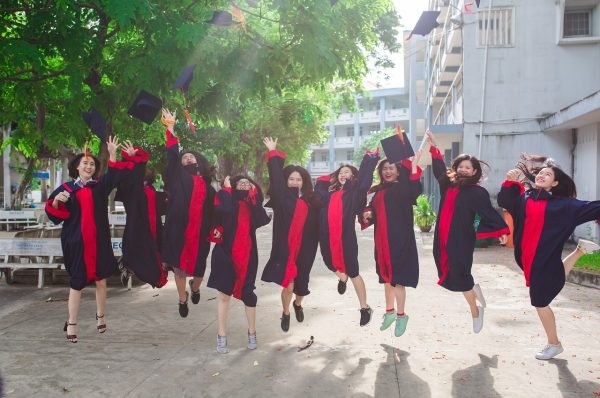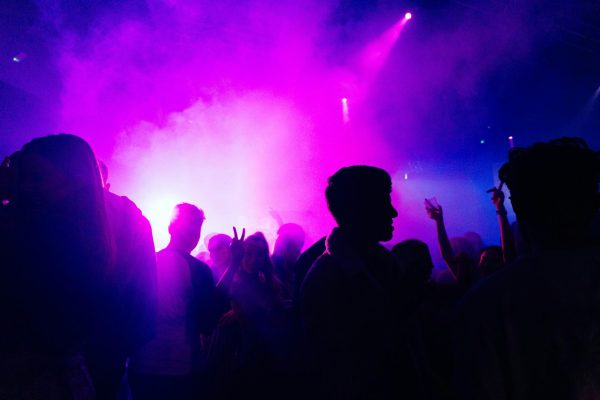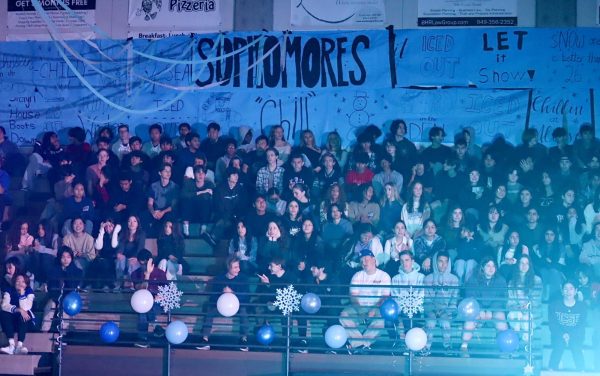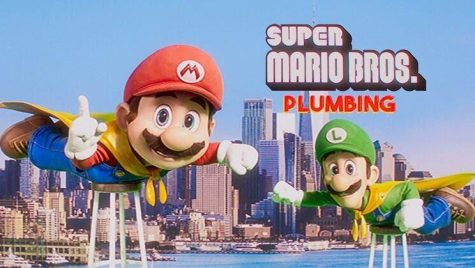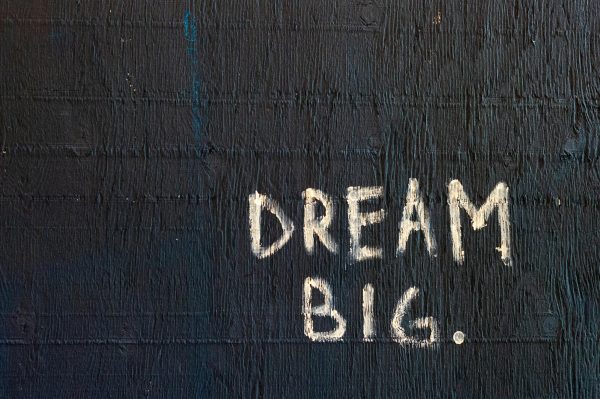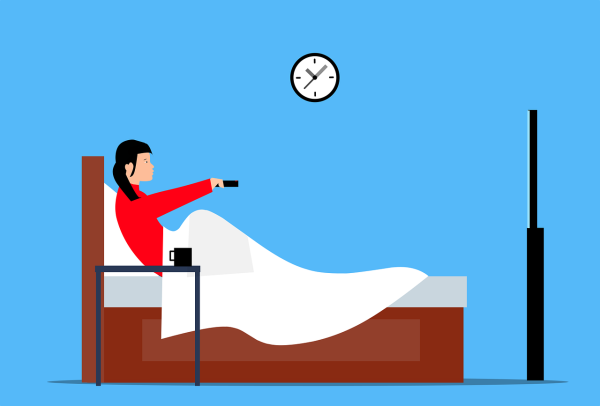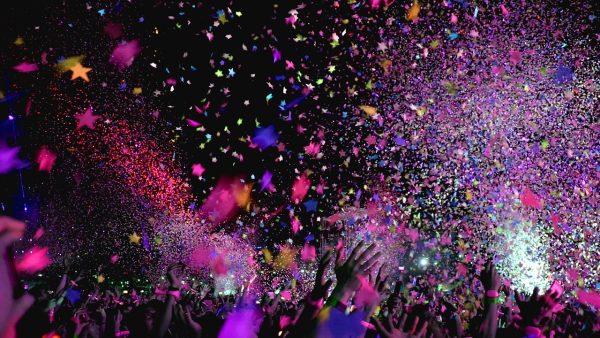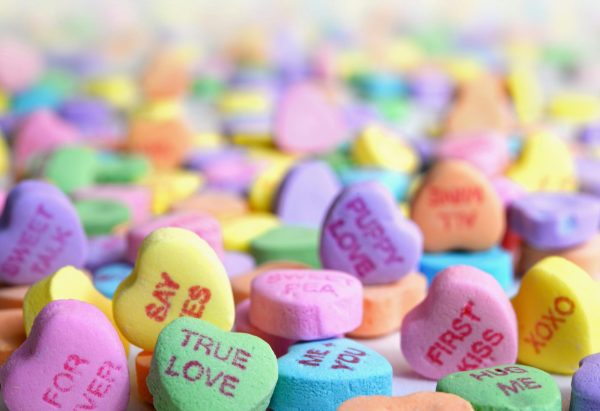Are Leprechauns Racist?
And no, small green men are not roaming the streets discriminating against marginalized communities.
As the upcoming holiday of St. Patrick’s Day gets closer, the commonly used and beloved symbol of the leprechaun rises in popularity. However, there is still a dark side of the rainbow.
Even though the St. Patrick’s Day celebration is most prevalent in Ireland, many people in the U.S. still participate in the festivities.
The leprechaun is a tiny supernatural creature originating in the 13th century from Irish folklore. It is typically depicted as a bearded man wearing a distinctive green coat and hat. Characterized by mischief, the leprechaun is a neutral force neither good nor evil, and often functions as a tool of human greed in the stories where the leprechaun protects a pot of gold.
Some Irish people actually even dislike the American celebrations of St. Patrick’s Day, claiming it is unfaithful to its origins or merely tacky and clichéd.
The most famous representation of St. Patrick’s Day in America is the leprechaun imagery, typically including red hair, all-green clothing, and miniature size. This is often combined with an abundance of the color green and shamrocks or clovers.
However, the problem with the leprechaun is its reinforcement of stereotypes of Irish people. The leprechaun could be interpreted as a series of outdated caricatures of the Irish community.
Similar to how Native Americans find many pop culture depictions offensive, the Irish leprechaun is comparable to that in its questionable purpose and effect.
A portion of the Irish and Irish-American population find this caricature offensive, describing it as parodies of the Irish identity. This raises the question of whether the use of this imagery is considered problematic for the offense of the few over the indifference of the many.
For example, Stephen LaRocca (11), a student at Aliso Niguel of Irish descent, disregards the racist leprechaun perspective, stating, “As an Irish person, I never really had a problem with leprechauns since they were never too closely associated with me.”
On the other hand Laura Richards, another student at the school with Irish ancestry, (11), claims that the leprechaun imagery is harmful, saying, “Leprechauns are actually racist because they stereotype Irish people in being short, white, and having red hair. It is the American depiction of an Irish man with the tilted hat and pointy chin, leaving an offensive and racist effect.”
Another setback in the racist leprechaun perspective is the idea of whether the leprechaun celebrates the Irish heritage or disrespects it. Furthermore, portraying leprechauns as this dreaded representative of discrimination also questions whether Irish people are really discriminated against in the United States to the point of the seemingly harmless leprechauns being offensive.
In addition, the official mascot of the University of Notre Dame is called the Fighting Irish after their own history. The school’s founders were Irish along with much of the school’s population, historically.
Although the leprechaun is not the most flattering representation of a group of people, it also appears to be nothing but an innocuous symbol that may have strayed a bit from its roots and original meaning.
St. Patrick’s Day can be celebrated just as effectively without the imagery of the leprechaun, as many other icons identifiably characterize the March holiday.

Artemis is currently a senior at Aliso Niguel, and this is her second year in Newspaper. She is excited to write for the Growling Wolverine. Artemis is...
